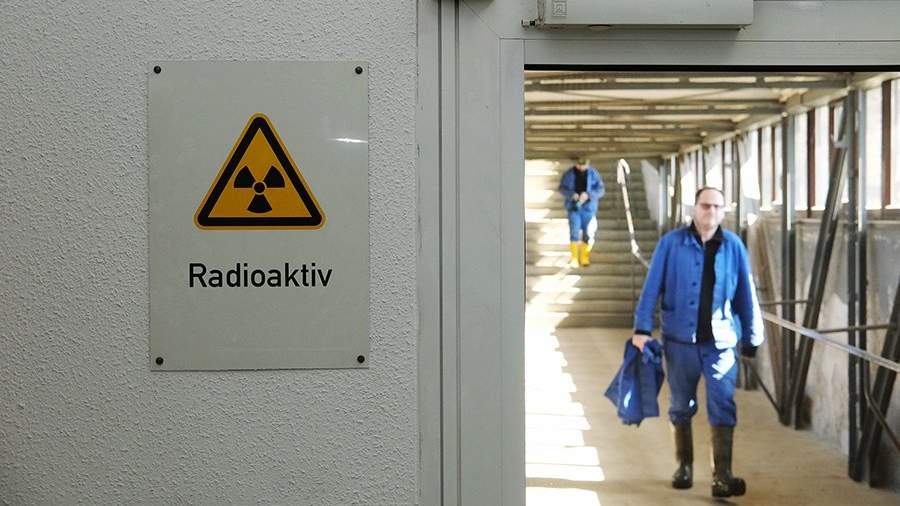
Uranium prices continue to be high as nuclear optimism continues
Following a 16-year high at the end of January 2024, the price of uranium has gradually decreased. At present, there appears to be no immediate catalyst for a rapid increase in prices.
On January 30, 2024, the price of uranium reached $106 per pound, its highest point since November 2007, which was favourable for commodity markets. The historical peak was reached in June 2007 at $140.
However, the price of uranium plummeted to a historic low of $18 after the 2011 Fukushima Daiichi nuclear power plant accident in Japan. Growth, and rapid growth, only began recently.
The energy transition is cited as one of the reasons for the takeoff in 2023. It is worth noting that this statement does not alter the original meaning of the text. Although many environmental activists oppose nuclear power plants, it is important to note that one kilogram of uranium in a reactor can produce the same amount of energy as three thousand tons of coal in a conventional power plant.
However, there were other, more specific reasons that influenced the price of uranium. The energy crisis in the West, caused by a politically motivated refusal of a significant part of Russian energy resources, proved to be more abrupt than the energy transition.
However, it is worth noting that uranium is the only exception, as it is still being supplied to the USA. Despite this, the G7 countries have been slow to discuss imposing sanctions on Russian uranium exports, which has led to an increase in prices.
Additionally, it should be mentioned that the production of radioactive raw materials in Niger has ceased since the coup in July 2023. The French company Orano, which was responsible for mining in Niger, has also ceased operations there.
Another factor to consider is the depletion of excess reserves resulting from the Fukushima nuclear power plant accident. Nuclear enterprises are now prepared to sign new long-term contracts with uranium producers, but the availability of raw materials is limited. During a period of low uranium prices, many companies reduced production or shut down their mines entirely, resulting in a slow resumption of production.
“In the last 18 months, mining companies have announced plans to reopen mines,” said John Ciampaglia, CEO of Sprott Asset Management, in an interview with INN in November 2023.
Against this backdrop, demand for uranium continued to grow last year and is expected to increase significantly in the future. According to the World Nuclear Association's base case scenario, global uranium demand is projected to rise from 65,650 tonnes in 2023 to almost 130,000 tonnes in 2040. The WNA is also considering a weaker scenario in which demand is only 87,000 tons by 2040 and a higher scenario in which demand is 184,300 tons by then.
According to WNA data, there are currently 60 reactors under construction worldwide and another 110 planned. While most of these reactors are in Asia, experts agree that nuclear power is gaining traction globally and will become a significant contributor to the energy mix. It is worth noting that several countries, such as the UK, Belgium, and Japan, are considering extending the lifespan of their existing reactors.
“Due to the small size of the uranium market, we anticipated that a tipping point in supply and demand would result in a significant price change. The final months of 2023 indicated that we can expect substantial growth in this market in 2024,” stated Chris Frostad, President and CEO of Purepoint Uranium Group, in an interview with INN.
Justin Han, founder and publisher of Uranium Insider, also mentioned small modular reactors (SMRs), which are approximately one-third more powerful than traditional reactors. Although no specific estimates are available at this time, it is expected that uranium will be a key source of demand in the future.
The spot price for uranium nearly doubled in 2023 to $91 per pound. By the beginning of February this year, it reached a level not seen since 2007, exceeding $106 per pound. Yaroslav Ostrovsky, a specialist in the strategic research department at Total Research, confirms this. He points out that after this, the market became overheated and a price correction began, reaching $83 per pound by mid-March.
However, the analyst believes, uranium has once again confirmed that it is a commodity whose price dynamics are characterized by high volatility. This is because uranium pricing is influenced by a wide range of factors, such as global supply and demand dynamics, geopolitical situations and regulatory changes in key mining regions, public sentiment regarding the safety of nuclear energy, and global energy trends.
The main driver of rising uranium prices in recent years is the plans of leading countries of the world, including the USA, Japan, Canada, Great Britain and France, aimed at increasing the capacity of nuclear power facilities three times by 2050. Problems with supplies from Kazakhstan and Canada made an additional contribution to the rise in prices.
“How will uranium prices change in the future? It can be assumed that the general upward trend in prices for these raw materials will continue; after the correction, the upward movement of quotations will resume and prices will reach the level of $130-135 per pound, coming very close to the 2007 maximum,” Yaroslav Ostrovsky expects.
